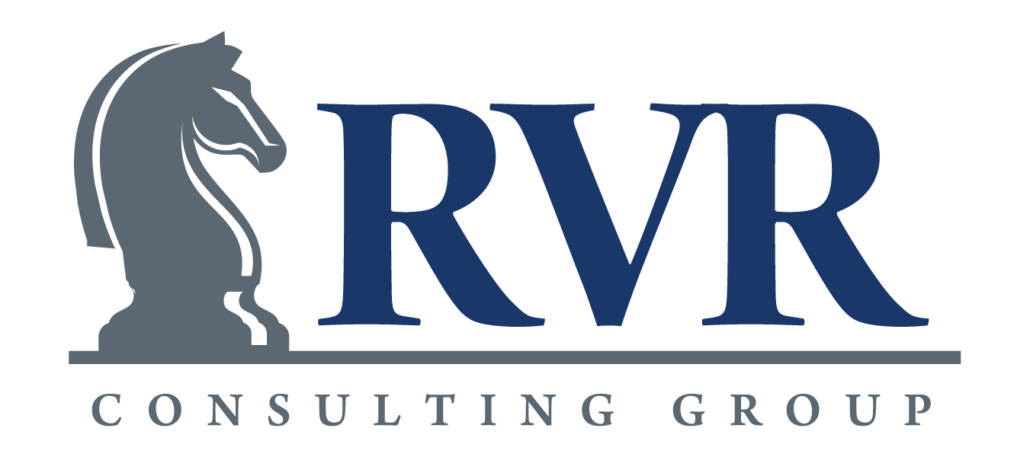How to Utilize Technology to Effectively Work Remotely
This is the third of a three-part series discussing the sudden transition to working remotely that many of us are facing during the COVID-19 pandemic.
COVID-19 is achieving what few CIOs or CTOs have previously been able to accomplish – driving an ambitious technology transformation in a very short time period. With the sudden shift to working remotely, companies are embracing new communication and collaboration technologies to continue their operations. Deploying new technologies is only the first step. Raising the productivity of your organization requires changes to how you manage, how your employees communicate, and most importantly, how your employees operate at home (the remote work basics).
Remote Working 101:
The physical setup of your employees is the first step to successfully working remotely. Employees need a quiet place to work that is away from kids, roommates, and partners. An ergonomically appropriate setup is key. A good chair, monitor, external keyboard and mouse, and an external camera all help reduce eye, neck, and back strain. Client facing employees should have a good headphone and microphone to allow for crisp audio. It is also good to have adequate lighting behind the camera, which allows for a professional video appearance. Likewise, the video background should be reviewed and assessed. While it is understandable that many employees may not have home offices, all conferencing tools can blur or change backgrounds. At RVR, we have been changing our backgrounds to pictures of our alma maters or other interesting visuals, which has led to a good rapport both internally and with clients. Long term, it is wise for companies to invest in remote work equipment to improve employee productivity and avoid potential worker’s compensation claims.
Collaboration Tools:
Many tools exist for dispersed teams. To find what works best for your organization, it is important to first assess your current operations (the team’s work and managerial styles, communication approaches, software in use, etc.) and select a remote work tool suite that enables improved employee management, communications, and customer engagement.
Zoom, WebEx, Slack, Teams, and Google Docs are all front and center in this new reality and many companies already have a combination of these collaboration tools. While your employees may have a basic level of aptitude, there are extra steps that you can take to improve individual and team effectiveness. A virtual whiteboarding tool supports the creative process for a virtual team, and tools like Miro (formerly RealTimeBoard) allow everyone on the team to look at the same whiteboard and zoom in and out as needed.
Internal Communication Tools:
Slack and Microsoft Teams are another staple of remote work life. Each tool has its advantages and tradeoffs. Whatever you determine is best for your organization, it is important to have good setup threads as well as an administrator dedicated to controlling channel management. In Slack, the need to kill unused threads is more important than creating new ones. Improving your information architecture will increase organizational collaboration and in turn stimulate innovation and productivity.
A couple of basic channels that some companies set up in this new remote work world are an “Out-of-Pocket (OOP)” channel and a “Smile” channel. Of course, every company should assess whether these will work for them and if it aligns with their culture.
The OOP channel helps drive employee accountability since managers can no longer see if employees are working or on their lunch hour for example. Every employee needs breaks or might be engaged in activities that require their full attention such as training or virtual meetings/conference calls. It can be frustrating for managers to ask employees quick questions and not hear back. Therefore, managers must take the lead and use OOP for themselves. Go on your lunch break or take a structured break if needed and post it in the OOP channel. It is important to drive a culture of honesty and accountability. The key is for OOP not to feel like micromanaging while encouraging employees to be transparent and feel comfortable maintaining communication. When at work in this remote environment, be at work. At the same time, give employees some level of flexibility to be able to insert their breaks and manage their time in a more efficient way.
The “Smile” channel can help combat isolation issues for teams that already have a more laid-back approach in the office and would like to replicate it virtually. Team members can post anything non-work related (albeit suitable for work) like pictures of kids or pets or funny memes. This channel, if used properly, can keep camaraderie up and boost morale during these long days of quarantine.
Final Thoughts:
Do you force your customers to print out documents in order to sign them? If so, going paperless is key. Using Docusign or Hellosign makes contract signing much easier for customers and using Docusend helps you better understand each of your customers’, prospects’, or partners’ focus areas and concerns by providing view analytics. Most importantly, these tools halt the need for printers and scanners, which are frequently unavailable in a home office.
If your company is in the service industry and has furloughed employees, it is worth considering the Carri Rapid Response system developed by Harri. This is a SMS driven and personalized communication tool designed to help keep in touch with laid-off team members to provide answers to their most pressing questions. In addition, it allows you to easily re-mobilize them in the future.
Having a dispersed workforce can be challenging. However, the transition can be seamless with today’s technologies. If done correctly, this new remote work paradigm will both improve your company’s technology portfolio in the near term and the overall performance of your staff in the long run by changing how it communicates and operates.
By Jacob Kerby and Eric Okimoto
RVR is helping numerous clients with the technology and management aspects of transitioning to working remotely . Please contact Jacob Kerby at jkerby@rvrteam.com if you are interested in discussing how RVR can help you optimize your employees’ performance in and out of the office.



